Product Description
- Content:100% Polyurethane
- Width:54 inches
- Roll Size:30 yards
- Backing:100% Polyester Knit
- Repeat:none
- Market:Contract Interiors, Hospitality, Office Seating, Automotive, RV
- Primary Application:Upholstery
- Abrasion:100,000 Double Rubs
- Cold Crack:-20°F
- Biodegradable
- 99.9% solvent free
- California Tech. Bulletin 117 Section E
- UFAC Class 1
- BIFMA
- NFPA 260
- Federal Motor Vehicle Safety Standard (FMVSS) 302
- IMO A.652
- ASTM E84 Class 1
- California Technical Bulletin 133 is a composite test.
- This material can meet CAL133 when combined with the appropriate furniture components
- Polyurethane upholstery vinyls are easy to clean. To prevent build-up of dirt and contaminants, which may cause permanent staining, periodic cleaning is highly suggested. The frequency of cleaning is dependent upon the environmental conditions to which the product is subjected.Prompt cleaning is always recommended. Recommended cleaning steps are listed by type of stain.
- Regular Cleaning and Maintenance ◊ Dirt ◊ Dust ◊ Grime
Clean the soiled area with mild soap and water, then rinse with fresh water and wipe dry with a clean lint free cloth. - Food Stains / Oils ◊ Ketchup ◊ Chocolate ◊ Coffee ◊ Tea ◊ Juice
Wipe affected area with a soft cloth or soft bristle brush using a non-abrasive cleaner, for example Formula 409® or Fantastik®. Rinse with fresh water and wipe dry. - Healthcare ◊ Blood ◊ Urine ◊ Betadine ◊ DisinfectantClean the soiled area with a 20% solution of Household Bleach and water. It is important to rinse the cleaned area with fresh water after applying the bleach solution.
- Difficult Stains ◊ Eye shadow / Mascara ◊ Lipstick ◊ Crayon ◊ Grease ◊ Mustard
Clean the soiled area with 25% solution of isopropyl (rubbing) alcohol and water. It is important to rinse the cleaned area with fresh water after applying the alcohol solution.NOTE: The use of commercial vinyl conditioners and protectants is NOT RECOMMENDED.
- This material will resist, without serious discoloration, the repeated actions of normal dilutions of non-abrasive chlorine or ammonia-based cleaners.
The information in this cleaning guide refers to performance in specific tests conducted under laboratory conditions. This information is not a guarantee and does not relieve the user from the responsibility of the proper and safe use of the product and referenced cleaning agents.

